USB batteries
More than 10 years ago, I read about the crazy idea of some Western company to create a battery-battery with charging from a USB port. “What could be more ridiculous?” I thought then. Time passed, the number of gadgets with batteries grew, I got a can for collecting used batteries and started looking in the direction of AA batteries. But all my experience has said that the promised 1000 cycles of work do not smell. Either the controller killed these batteries with a large charge of current, or the batteries themselves quickly lost capacity. And I had to keep charging at hand all the time. Everything changed when the batteries, which I read about a very long time ago, were on my desk.

So, there are AA form factor batteries with a built-in charger and a stuffing made of NiMH batteries. I will give a little theory about the charge of this type of battery:
The packaging shows a battery capacity of 1450 mA and a recommended charge time of 5 hours, which indicates a charge current of about 300 mA. Since the standard USB port power current is 500 mA, this means that such a battery will not burn your device. Well, a charge time of 5 hours is quite acceptable. The capacity of USB-batteries is smaller than the standard ones in size and amounts to 1450 mAh due to a design feature: the upper part of the case is used under the USB-connector and LED indication.
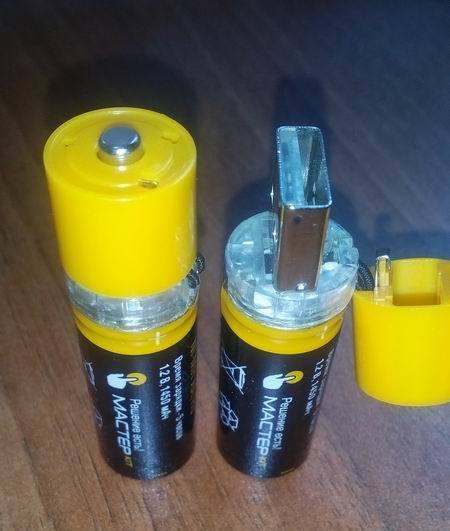
The removable cap-positive contact is held on an elastic band and will not be lost during charging. As for the sizes, they coincide with the dimensions of a conventional battery.

The most difficult question is charging a whole set of batteries at once. Often found on laptops closely spaced connectors that sticking even two flash drives is a problem. I tested this theory on my laptop and a separate USB hub. And if there were no problems with laptops: It

was more difficult with a USB hub. In it, the USB ports are located vertically and are focused on connecting wires, rather than separate devices. Therefore, it was not possible to turn on the batteries in neighboring ports. Even if you bend the caps-case will not allow them to be placed so close.

It's nice that these batteries have a built-in charge controller with light indication. In the previous picture, a red backlight was visible. When the batteries are charged, it changes to blue.
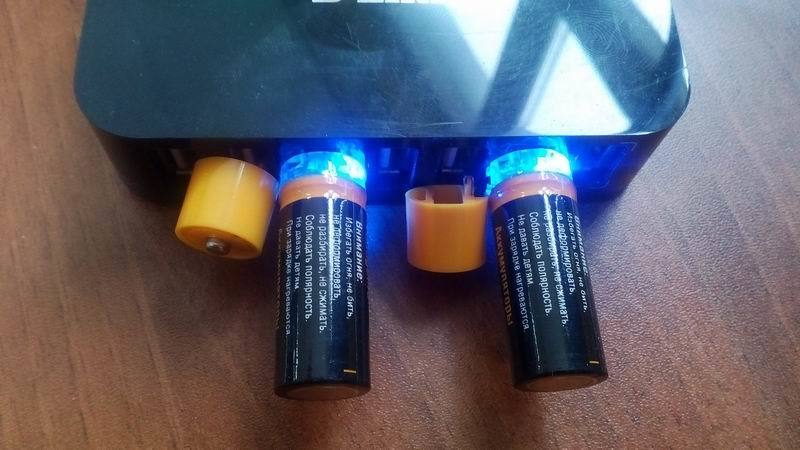
As for the work, we will check the operation on ordinary devices. In addition to a good SLR camera, I have in my bag a “soap dish for every day,” powered by two AA batteries. This is convenient when you need to quickly remove something, but you will not always carry a bulky camera with you. And if the batteries suddenly run out, then similar batteries are sold on every corner.

Instead of batteries, I use rather capacious batteries, which also need to be recharged periodically. For this house, there is a charger from a famous brand. But there is a nuance: the charger is not always nearby when the batteries are low. Therefore, it will be much easier to charge such batteries, the benefit of a computer or laptop is always at hand. Yes, and in the car there is charging with a USB output for charging phones and gadgets.
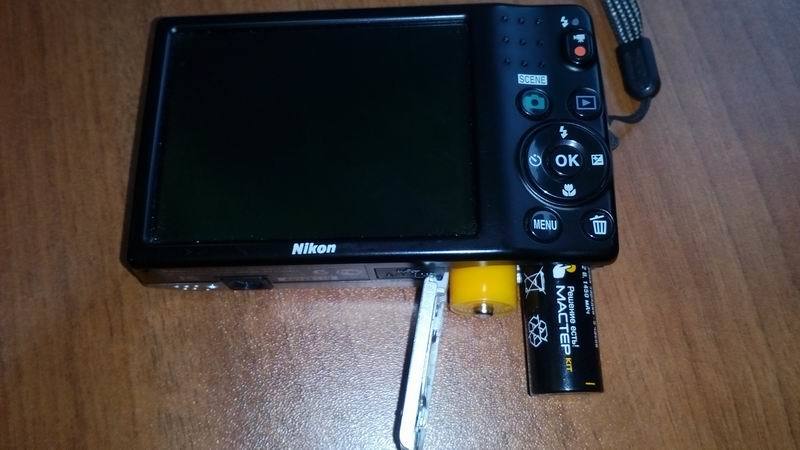
For hiking, I have a Midland walkie-talkie. It does not require certification, and its range is sufficient for communication in the forest or on a march between cars.
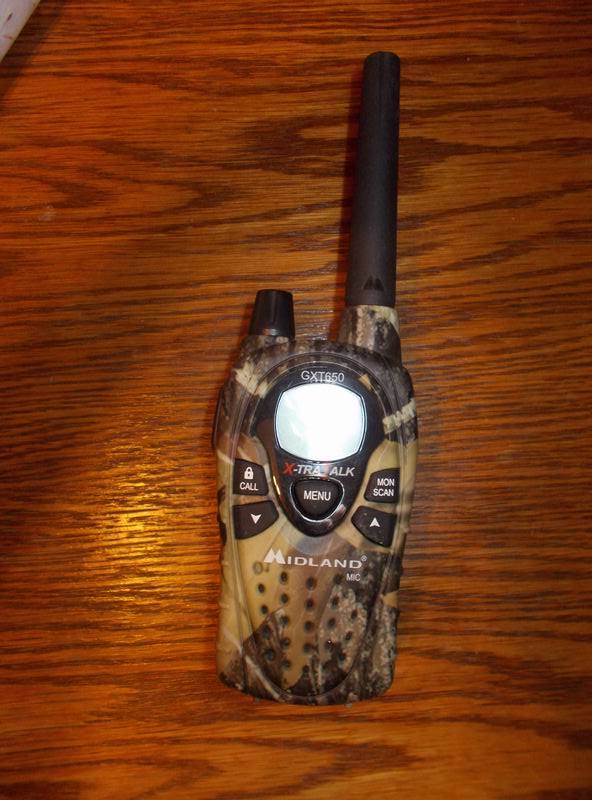
Own battery has a capacity of 850 mA and consists of 5 AAA cells assembled in a cassette. Charging the batteries takes 6-7 hours, which is unacceptable on the road, so often you have to insert ordinary batteries, because the radio is adapted for this. And since these batteries have a battery format, they did a good job. But it is necessary to consider. that the voltage of the batteries is 1.5 V, and that of the batteries is 1.2 V, that is, for 4 elements the difference will be 1.2 V and the walkie-talkie will turn off earlier.
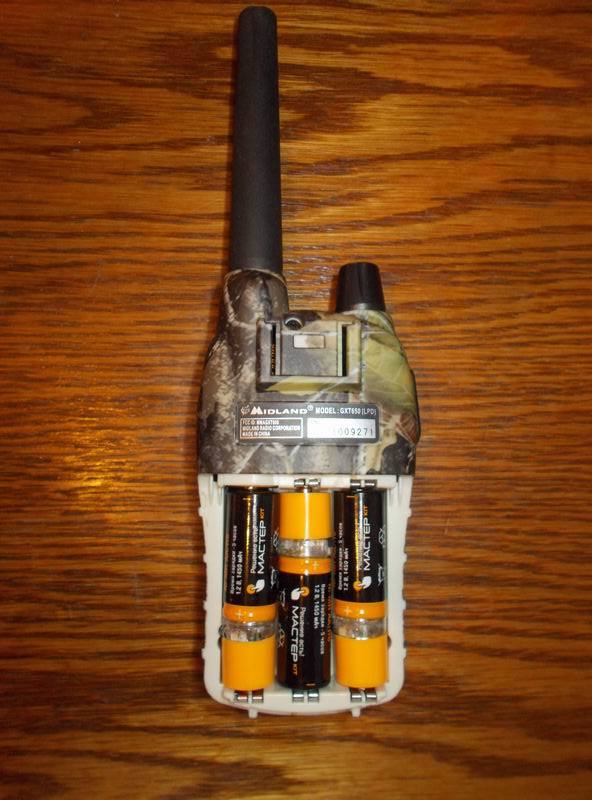
Conclusion
AA batteries with built-in USB charging are really convenient. The number of gadgets requiring batteries is growing steadily, so using batteries will be an economically viable option. Well, if these gadgets are often carried around, then using such elements without a separate charger will be a particularly valuable gift. I'm really glad that a similar device from the pages of old magazines got to my house and now will replace ordinary batteries or accumulators.
You can purchase USB batteries HERE .

So, there are AA form factor batteries with a built-in charger and a stuffing made of NiMH batteries. I will give a little theory about the charge of this type of battery:
Most NiMH battery manufacturers provide battery specifications for fast 1C charging. Although sometimes you can find recommendations not to exceed a current of 0.75C. These recommendations are related to the risk of opening the battery vents during fast charging in high ambient temperatures. A smart charger must evaluate the conditions and decide on the acceptability of a quick charge. It is believed that a fast charge can be used only in the temperature range 0 ... + 40 ° C and with a battery voltage of 0.8 ... 1.8 V. The efficiency of the fast charging process is very high (about 90%), so the battery heats up weakly. However, at the end of charging, the efficiency of this process drops sharply and almost all the energy supplied to the battery begins to turn into heat.
The packaging shows a battery capacity of 1450 mA and a recommended charge time of 5 hours, which indicates a charge current of about 300 mA. Since the standard USB port power current is 500 mA, this means that such a battery will not burn your device. Well, a charge time of 5 hours is quite acceptable. The capacity of USB-batteries is smaller than the standard ones in size and amounts to 1450 mAh due to a design feature: the upper part of the case is used under the USB-connector and LED indication.

The removable cap-positive contact is held on an elastic band and will not be lost during charging. As for the sizes, they coincide with the dimensions of a conventional battery.

The most difficult question is charging a whole set of batteries at once. Often found on laptops closely spaced connectors that sticking even two flash drives is a problem. I tested this theory on my laptop and a separate USB hub. And if there were no problems with laptops: It

was more difficult with a USB hub. In it, the USB ports are located vertically and are focused on connecting wires, rather than separate devices. Therefore, it was not possible to turn on the batteries in neighboring ports. Even if you bend the caps-case will not allow them to be placed so close.

It's nice that these batteries have a built-in charge controller with light indication. In the previous picture, a red backlight was visible. When the batteries are charged, it changes to blue.

As for the work, we will check the operation on ordinary devices. In addition to a good SLR camera, I have in my bag a “soap dish for every day,” powered by two AA batteries. This is convenient when you need to quickly remove something, but you will not always carry a bulky camera with you. And if the batteries suddenly run out, then similar batteries are sold on every corner.

Instead of batteries, I use rather capacious batteries, which also need to be recharged periodically. For this house, there is a charger from a famous brand. But there is a nuance: the charger is not always nearby when the batteries are low. Therefore, it will be much easier to charge such batteries, the benefit of a computer or laptop is always at hand. Yes, and in the car there is charging with a USB output for charging phones and gadgets.

For hiking, I have a Midland walkie-talkie. It does not require certification, and its range is sufficient for communication in the forest or on a march between cars.
Own battery has a capacity of 850 mA and consists of 5 AAA cells assembled in a cassette. Charging the batteries takes 6-7 hours, which is unacceptable on the road, so often you have to insert ordinary batteries, because the radio is adapted for this. And since these batteries have a battery format, they did a good job. But it is necessary to consider. that the voltage of the batteries is 1.5 V, and that of the batteries is 1.2 V, that is, for 4 elements the difference will be 1.2 V and the walkie-talkie will turn off earlier.
All photos of the radio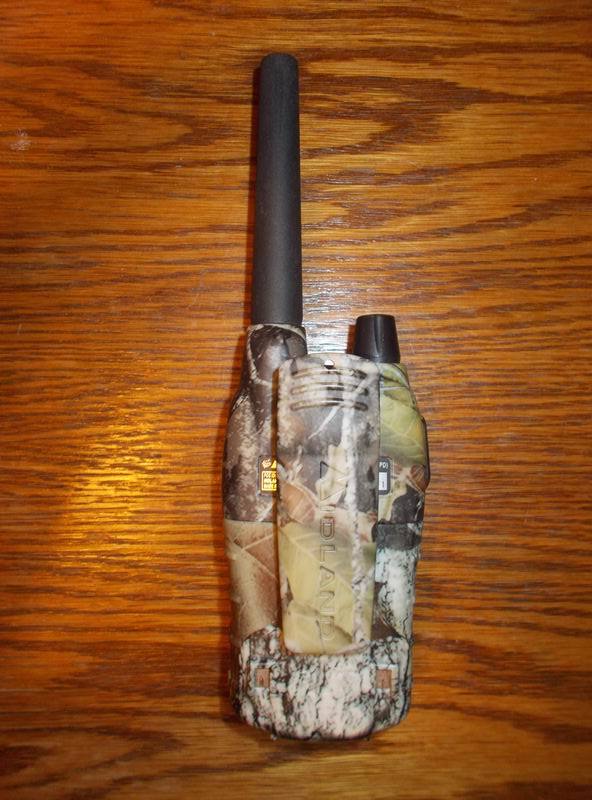



Conclusion
AA batteries with built-in USB charging are really convenient. The number of gadgets requiring batteries is growing steadily, so using batteries will be an economically viable option. Well, if these gadgets are often carried around, then using such elements without a separate charger will be a particularly valuable gift. I'm really glad that a similar device from the pages of old magazines got to my house and now will replace ordinary batteries or accumulators.
You can purchase USB batteries HERE .
